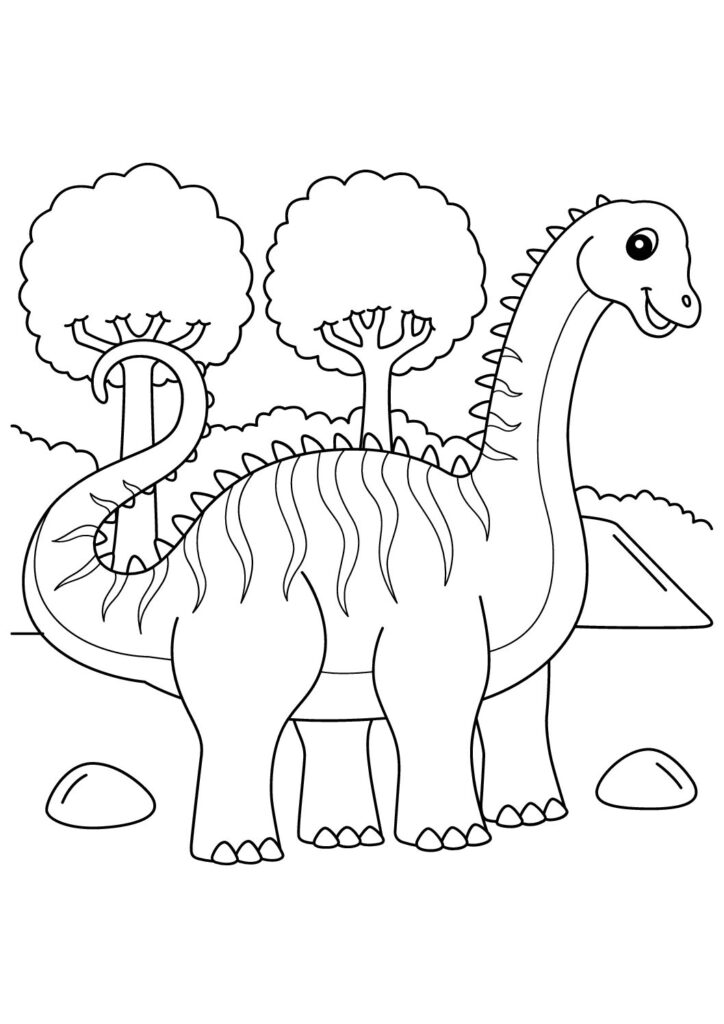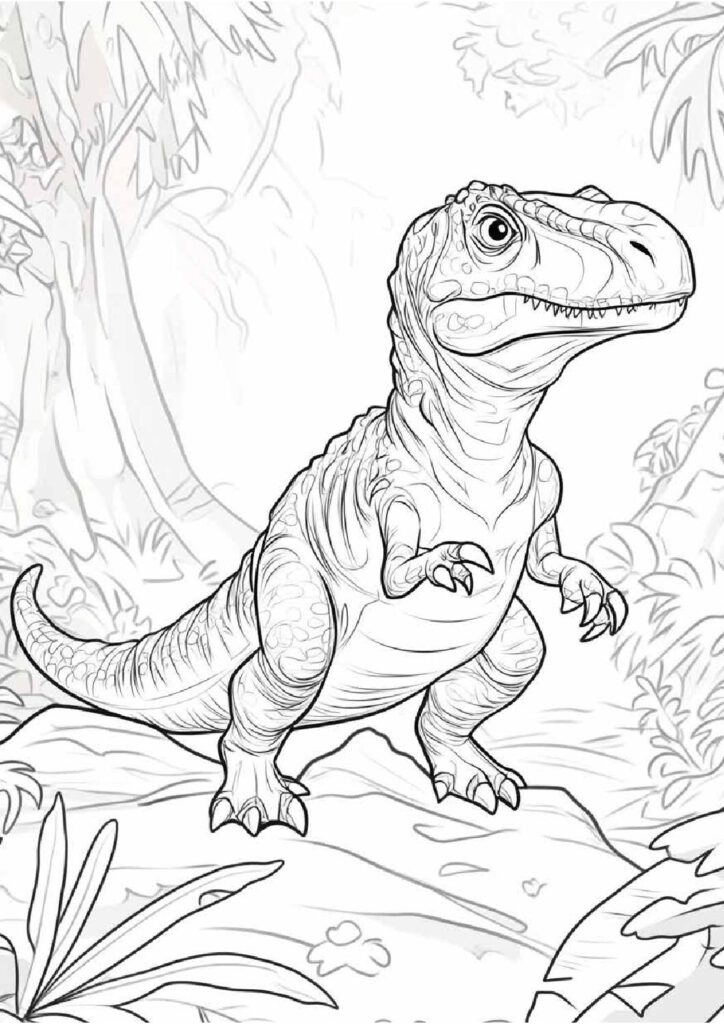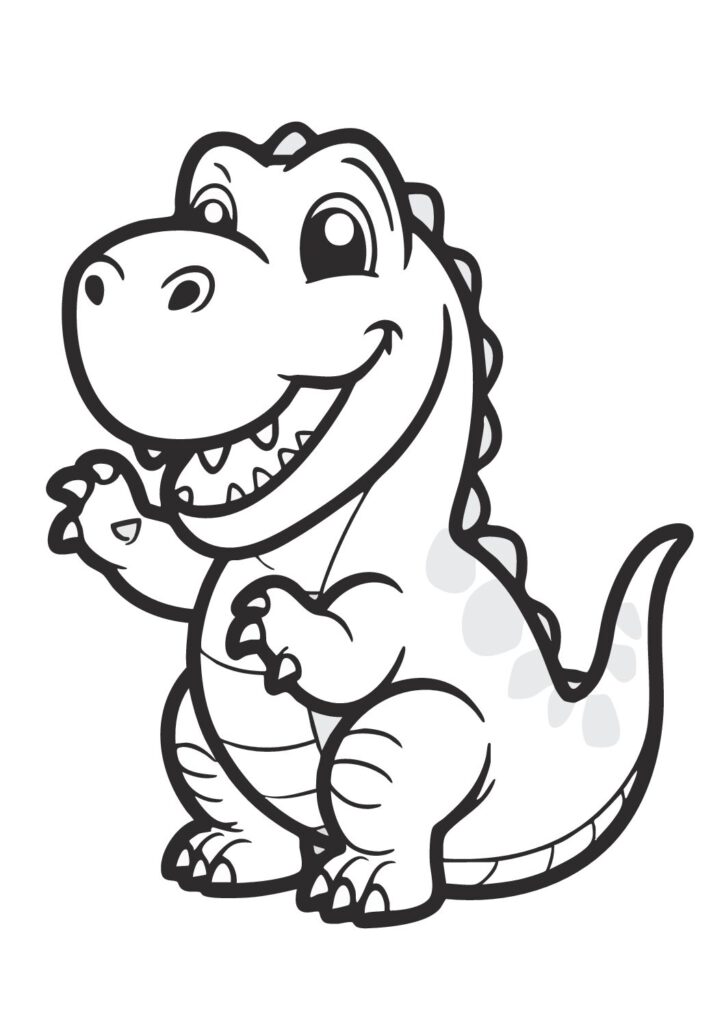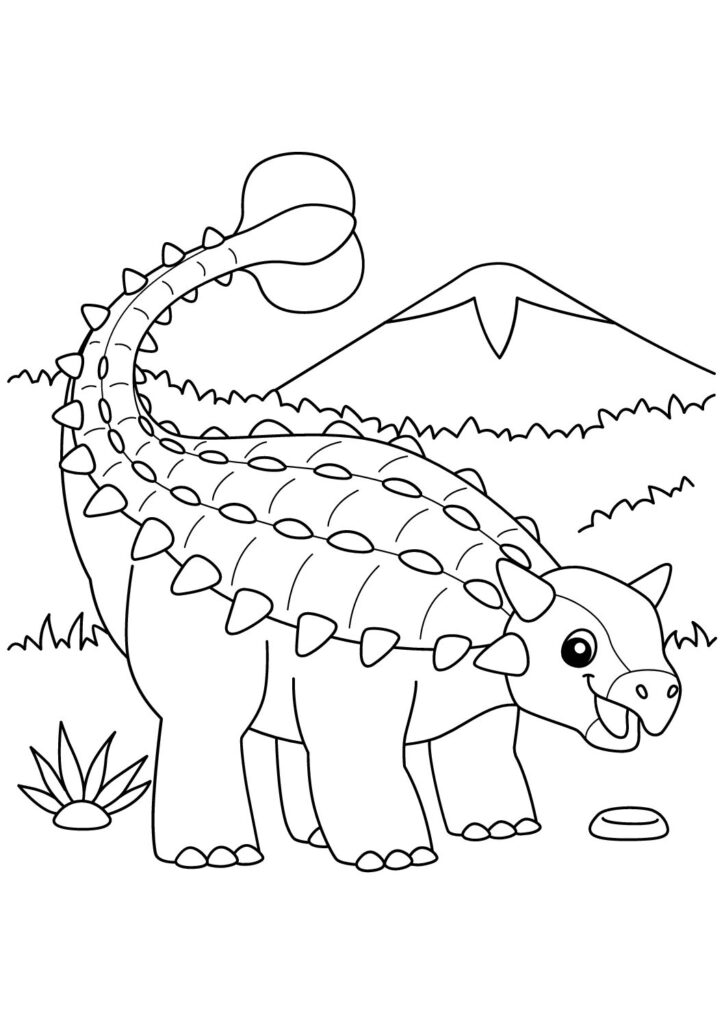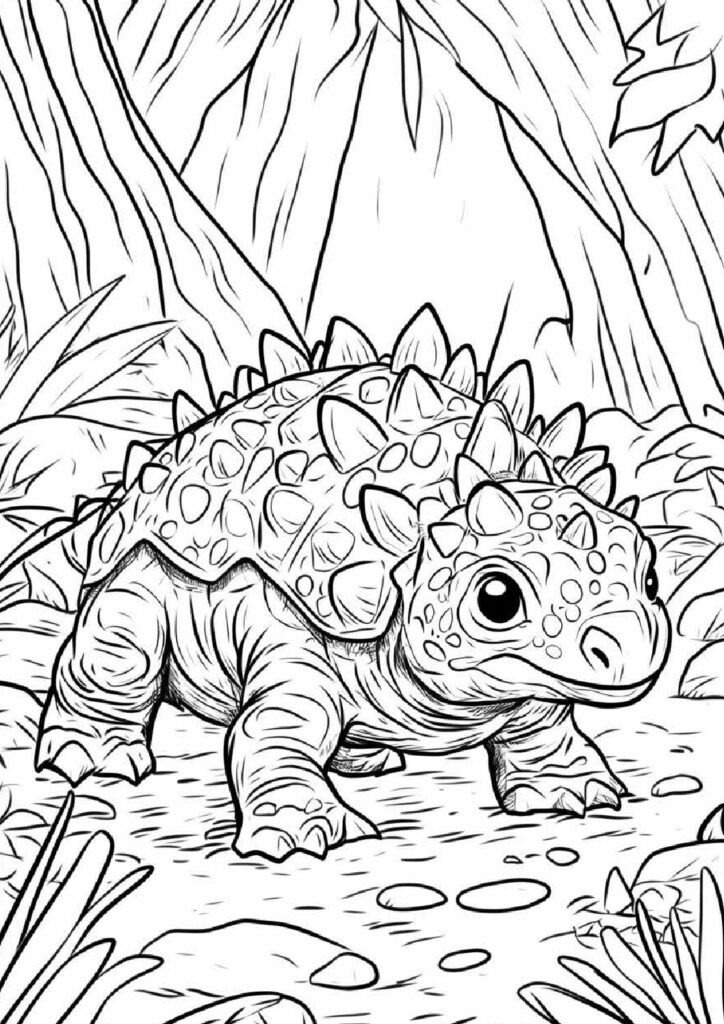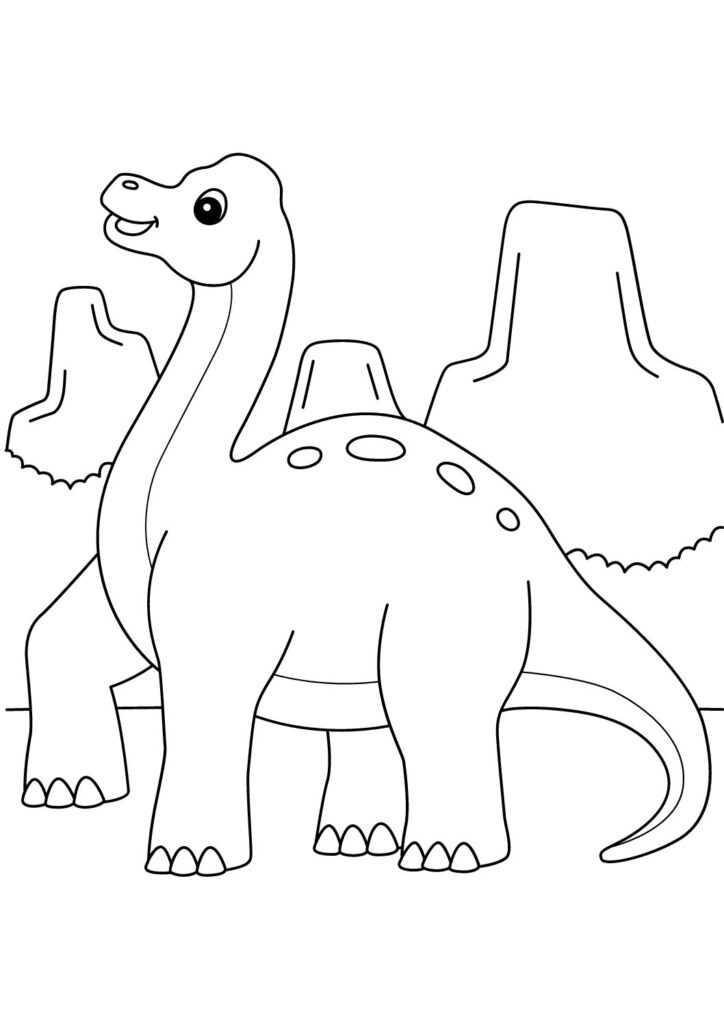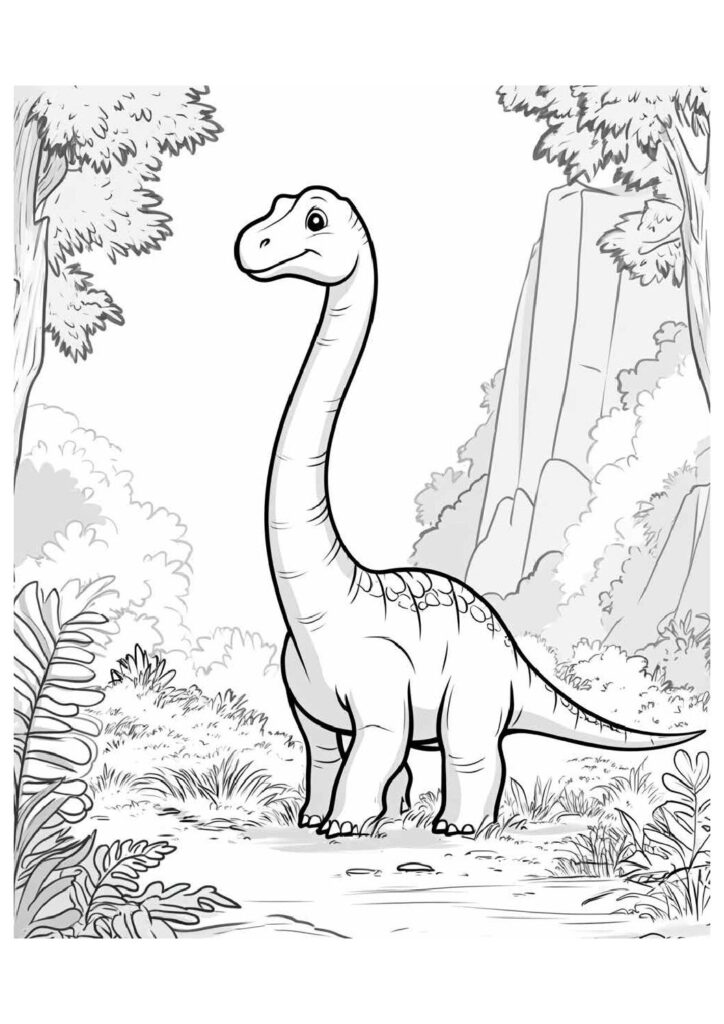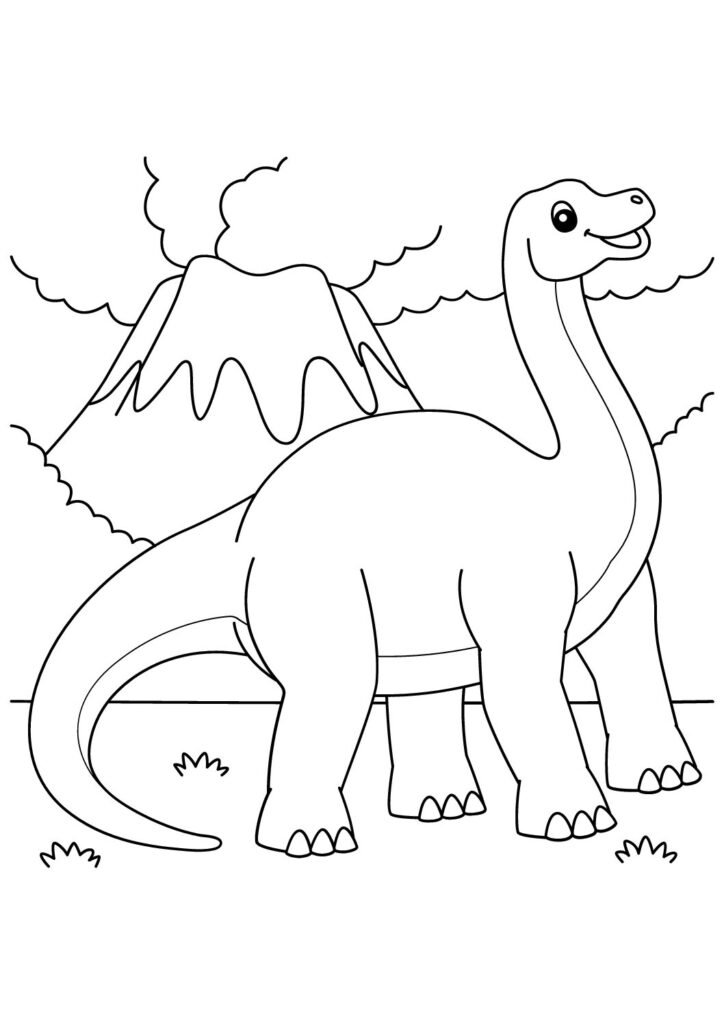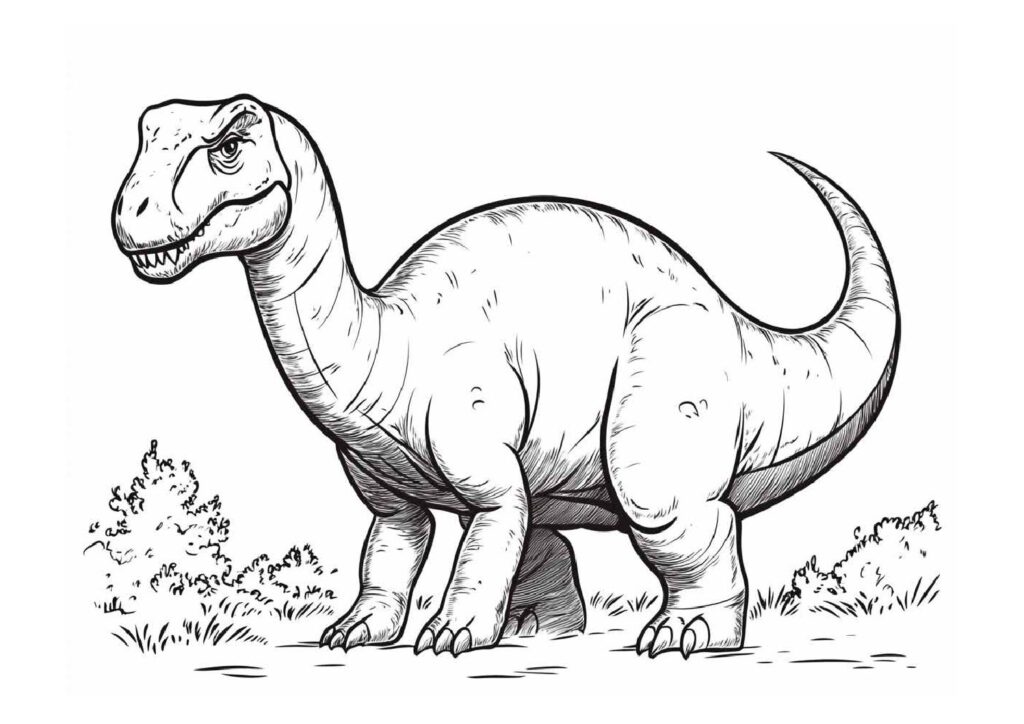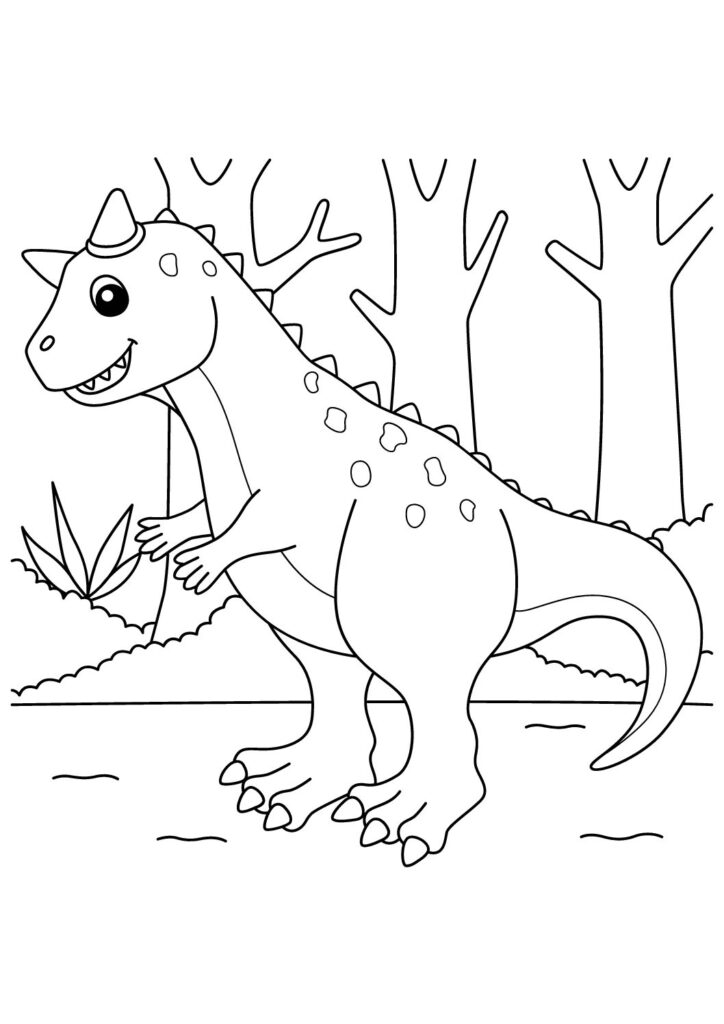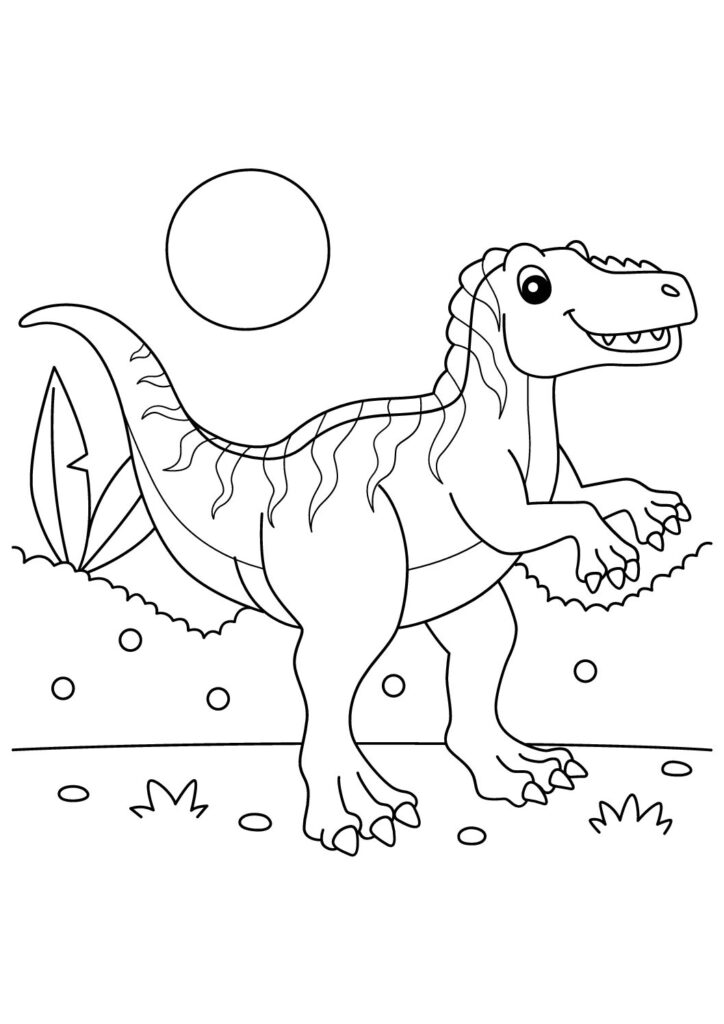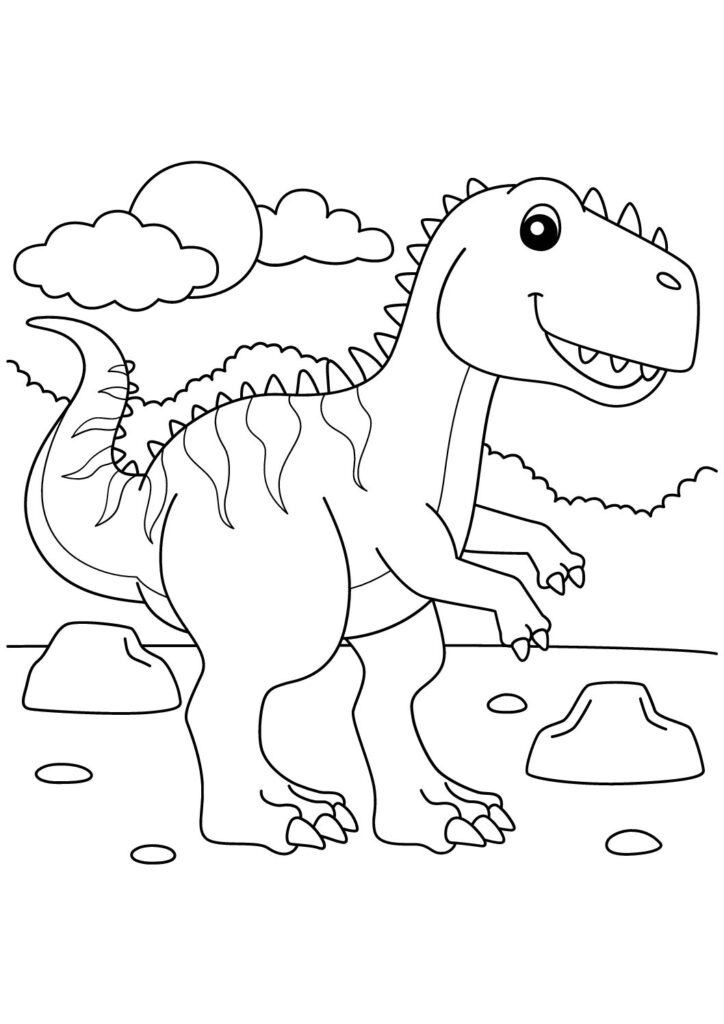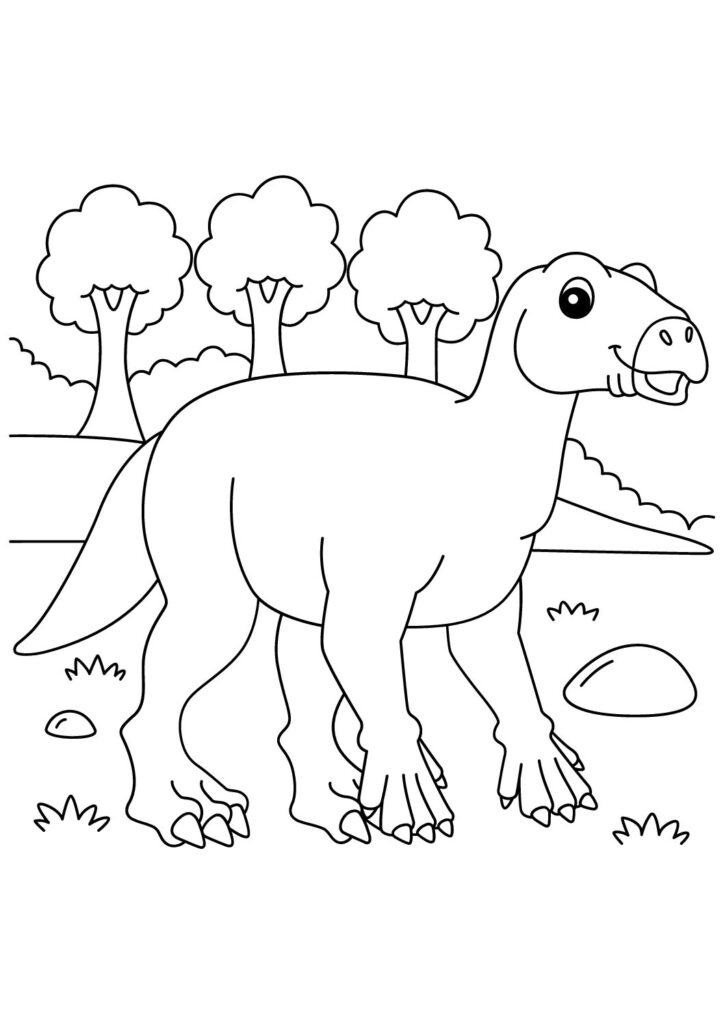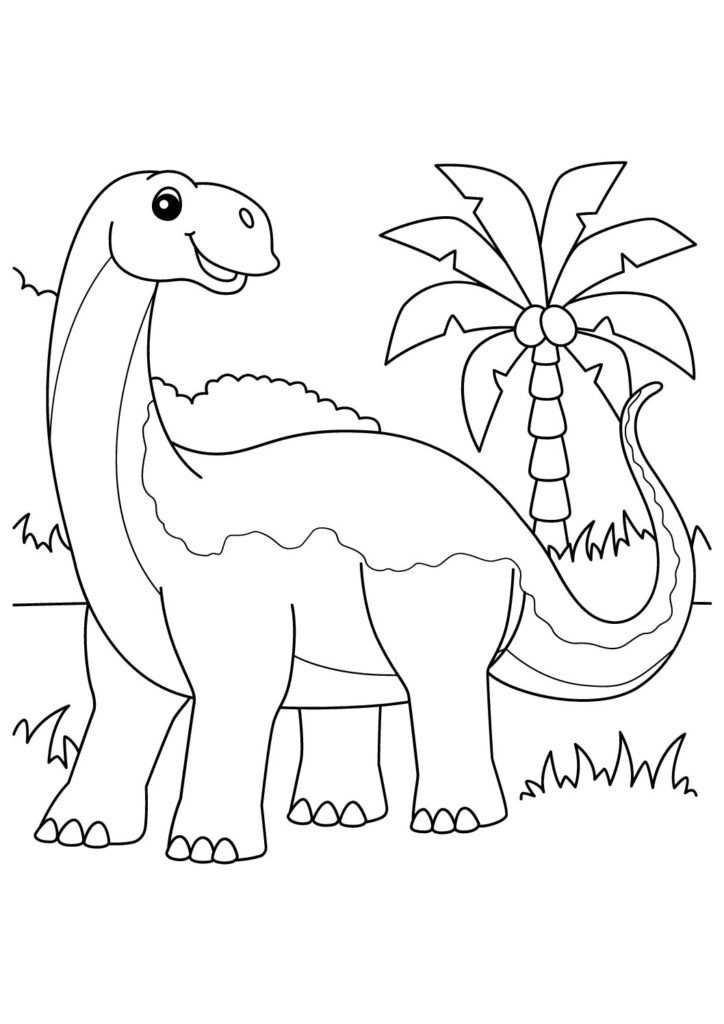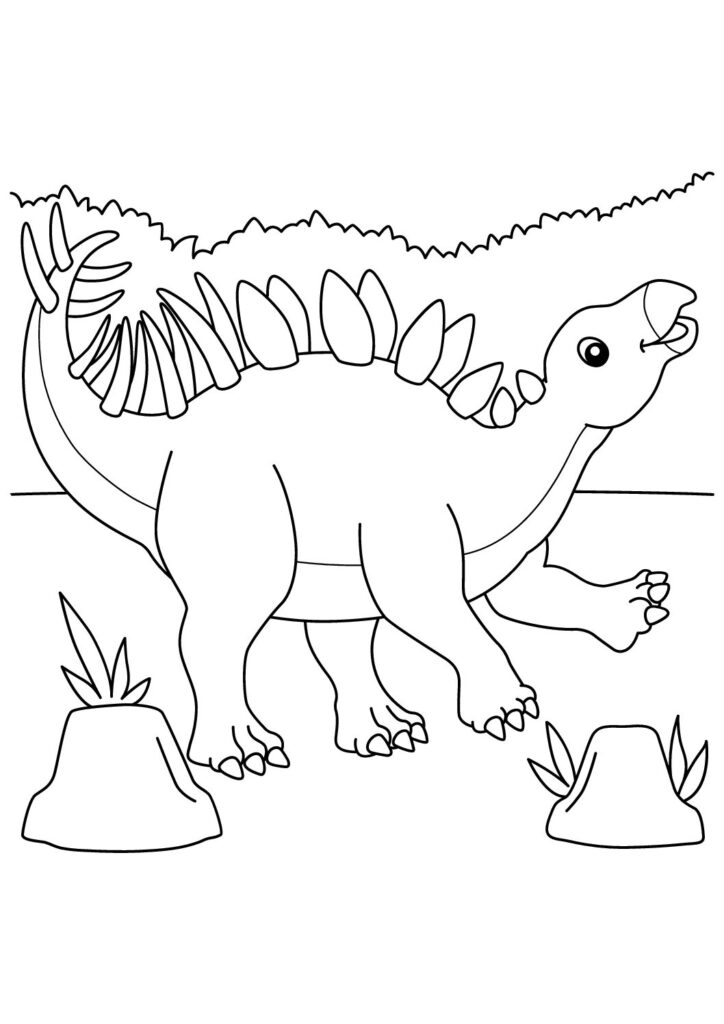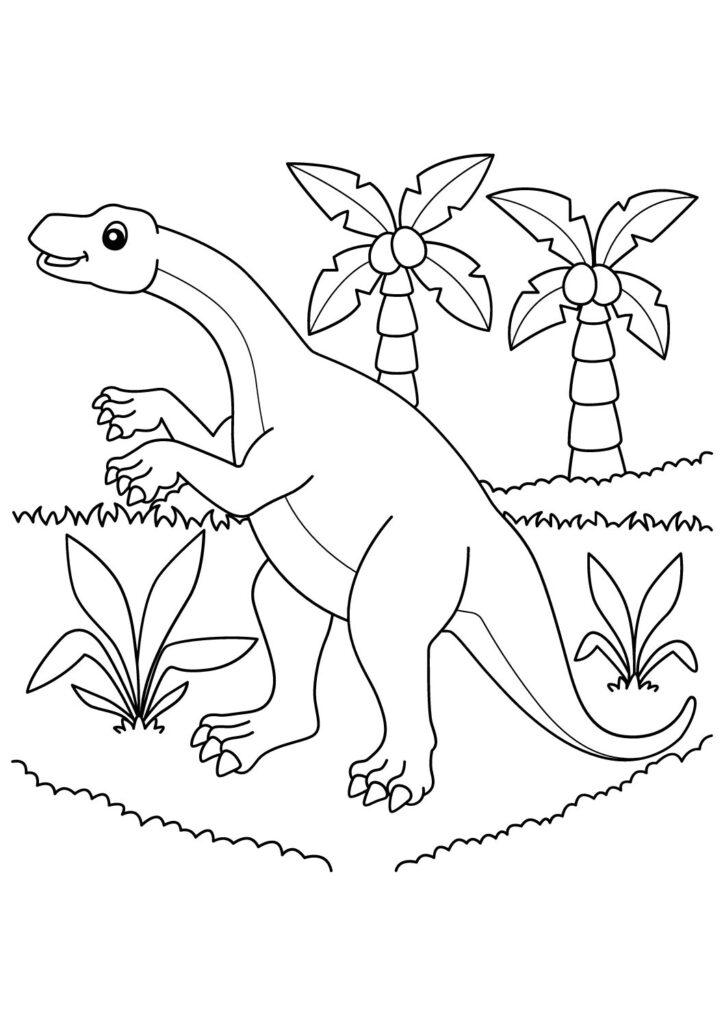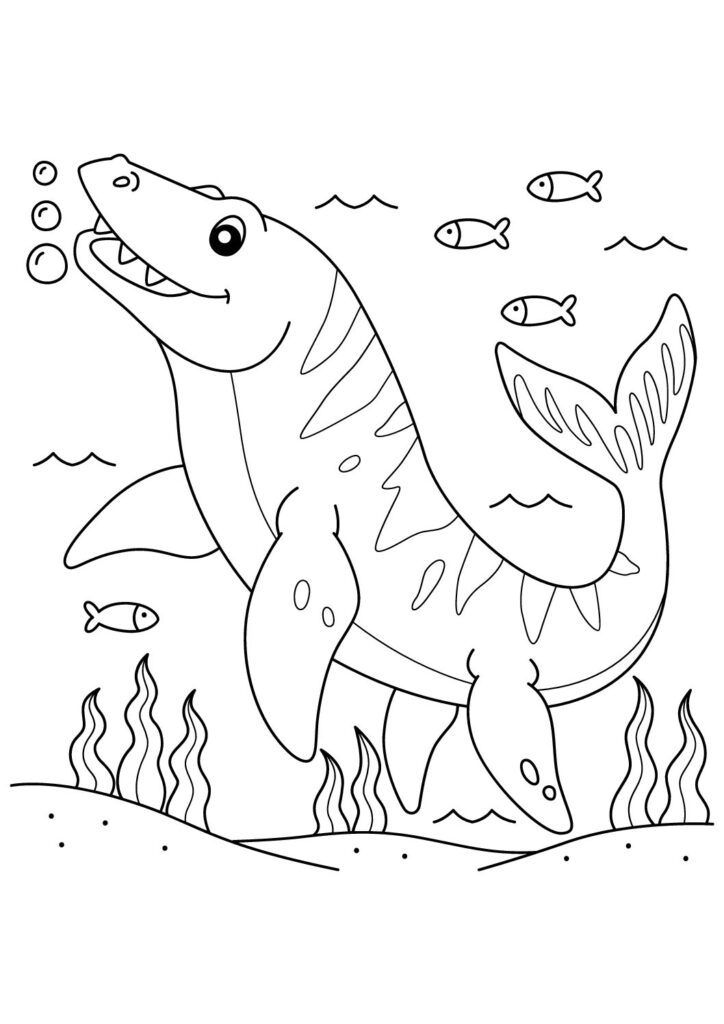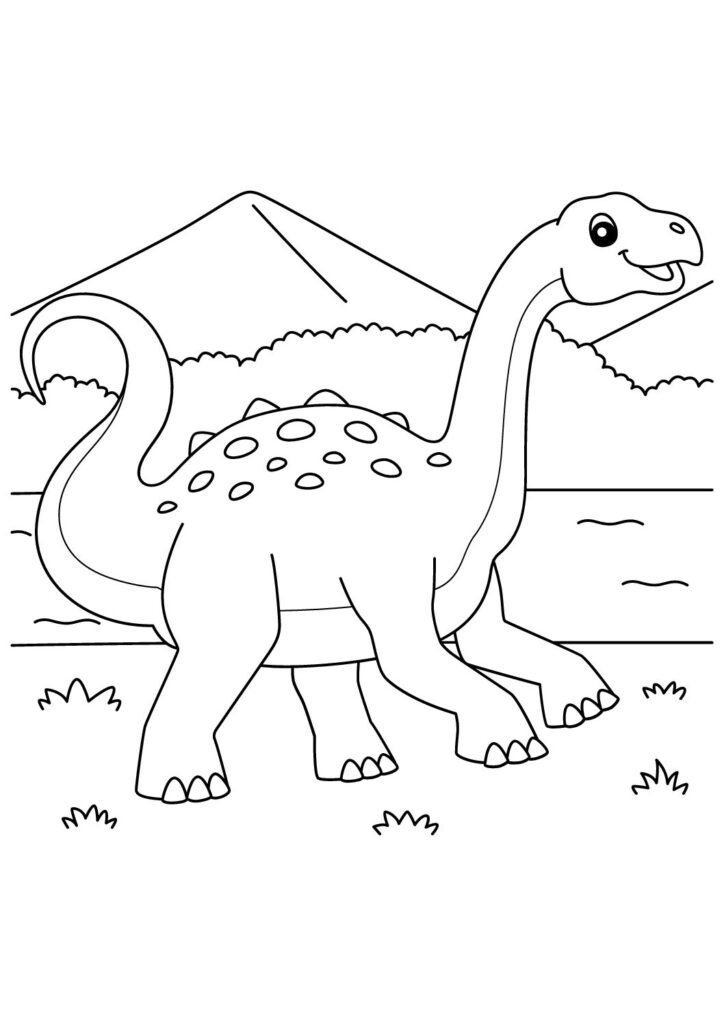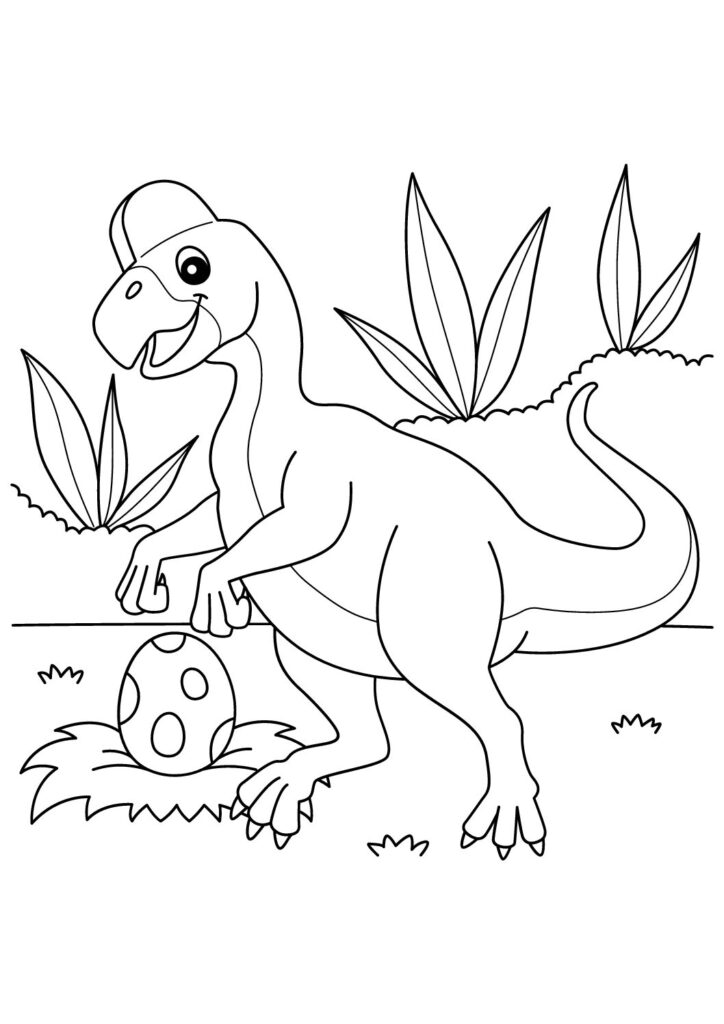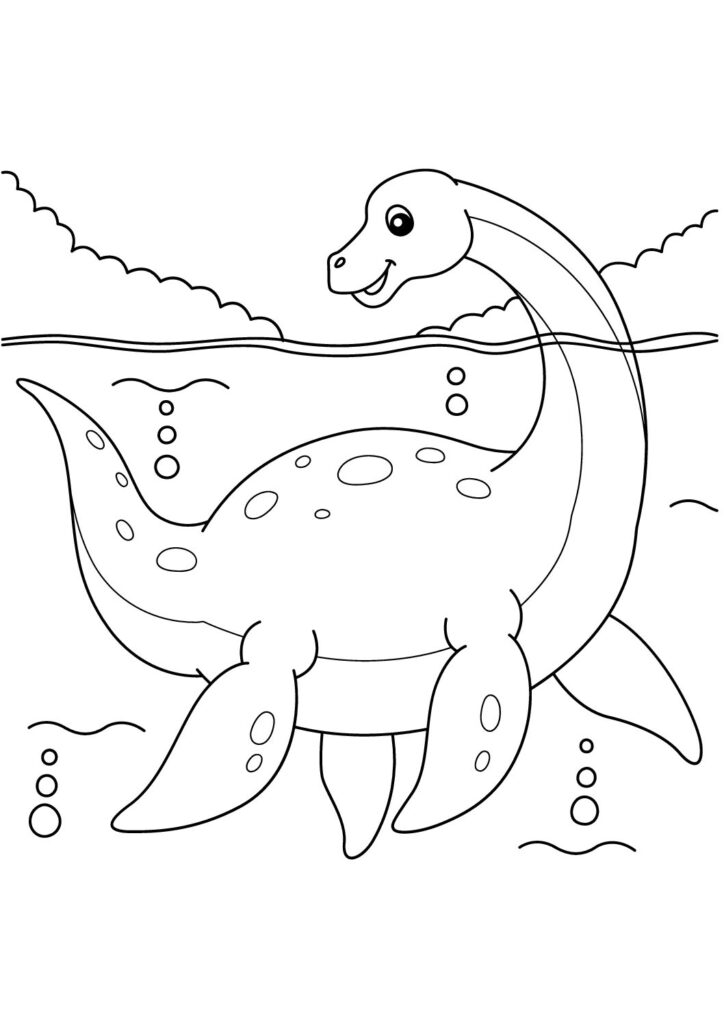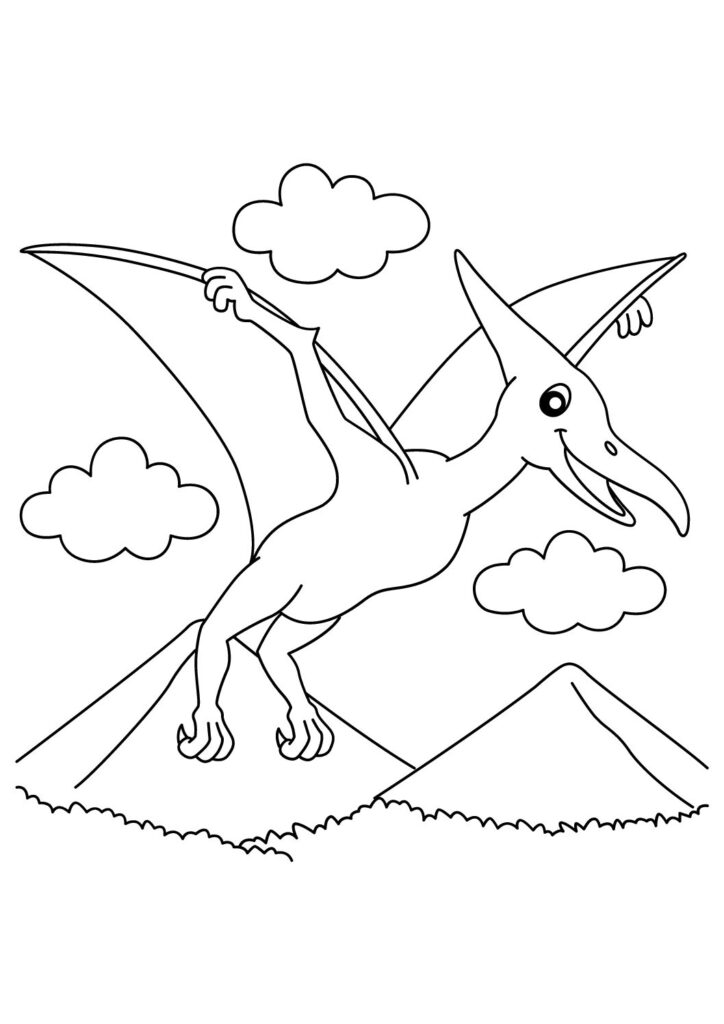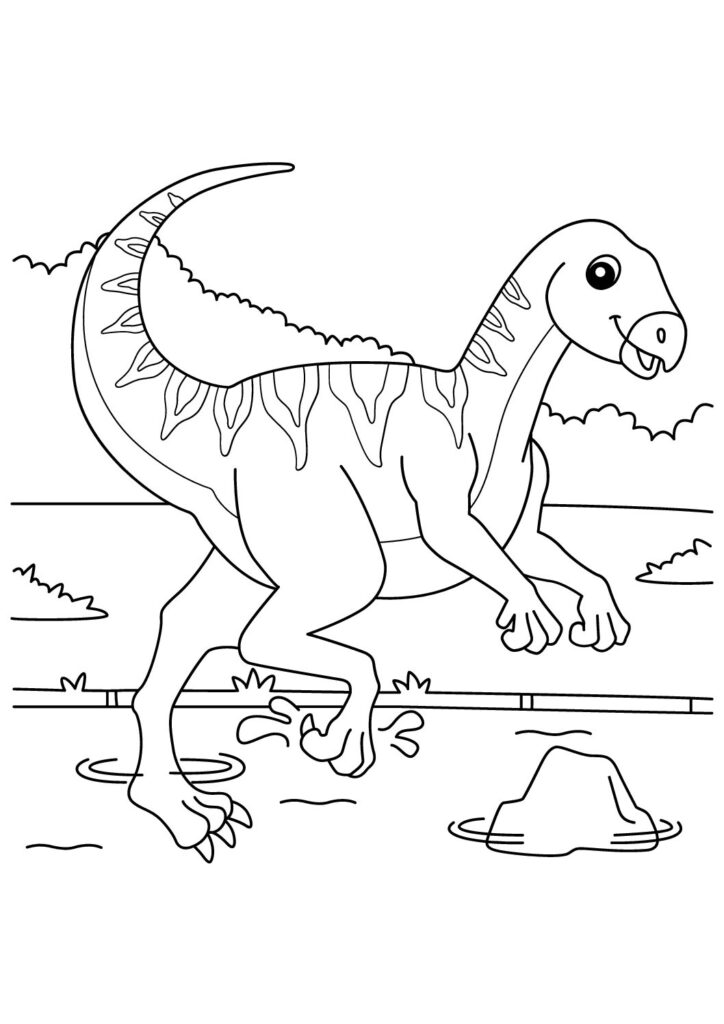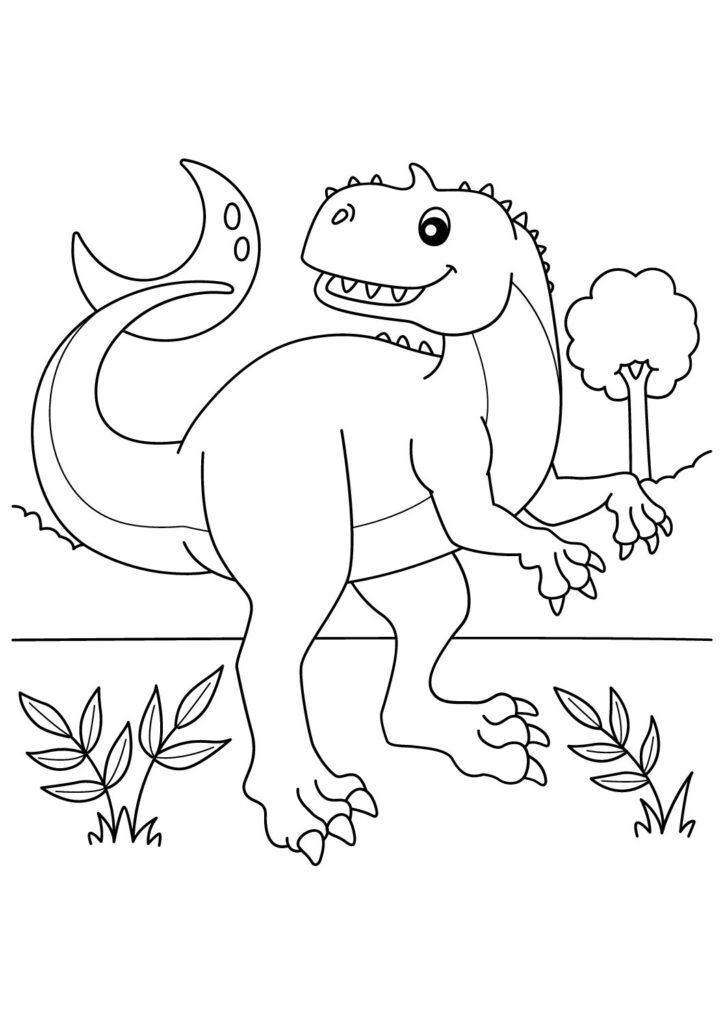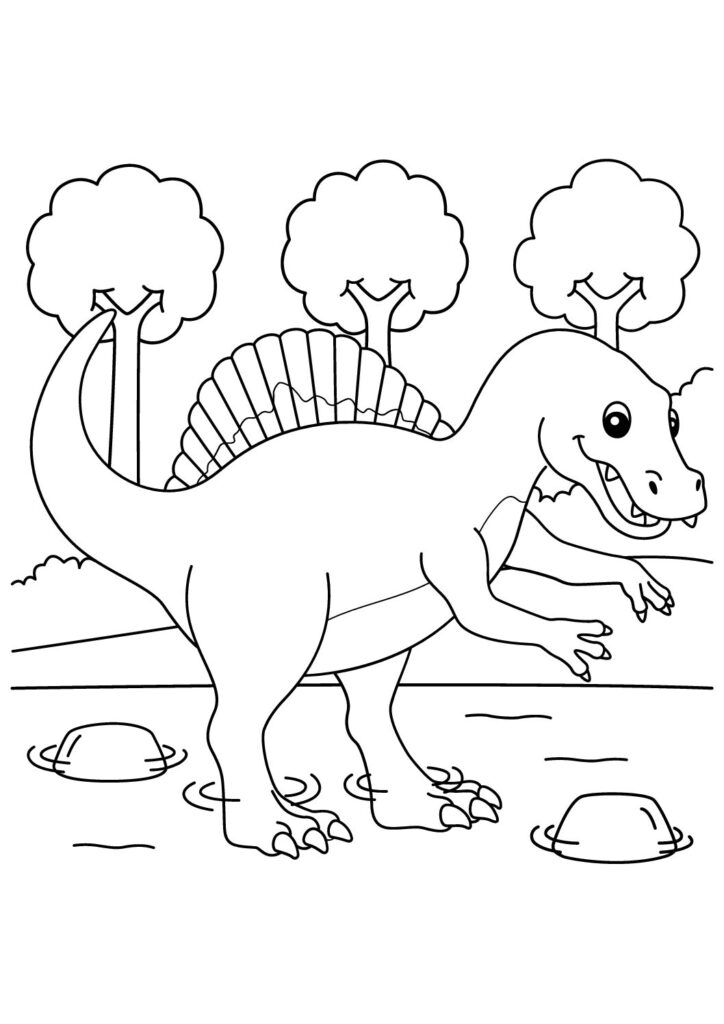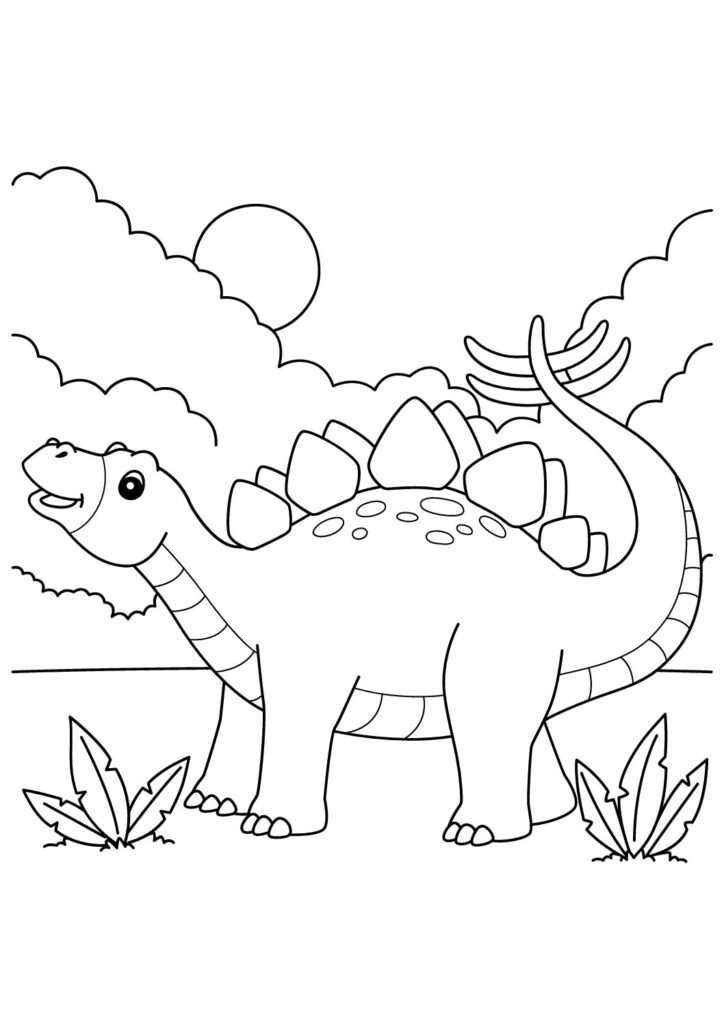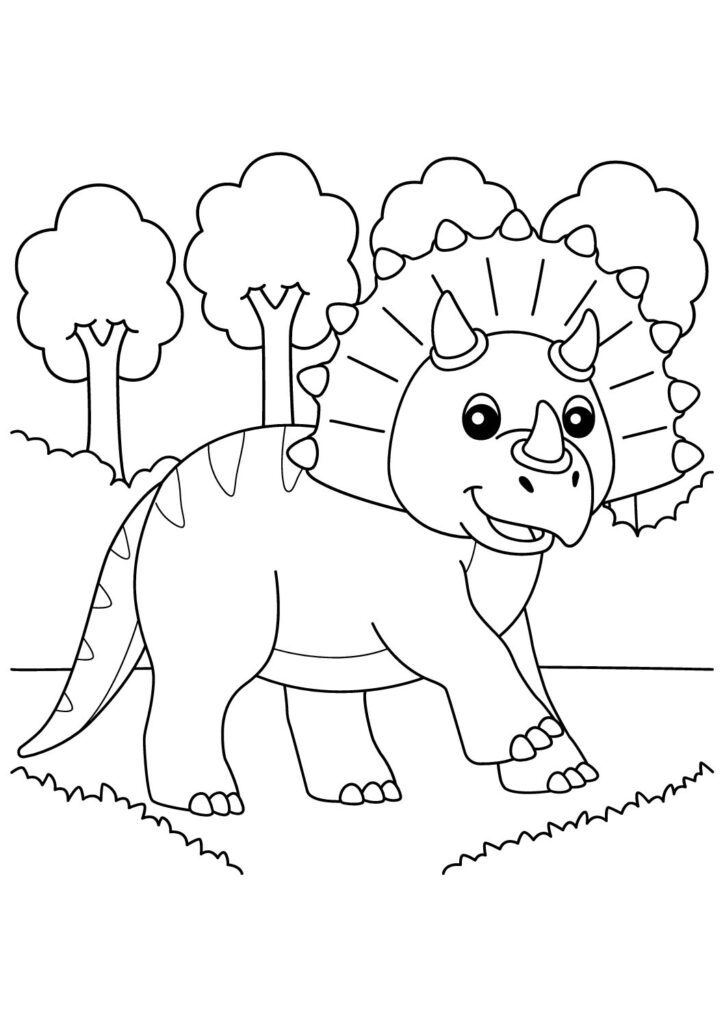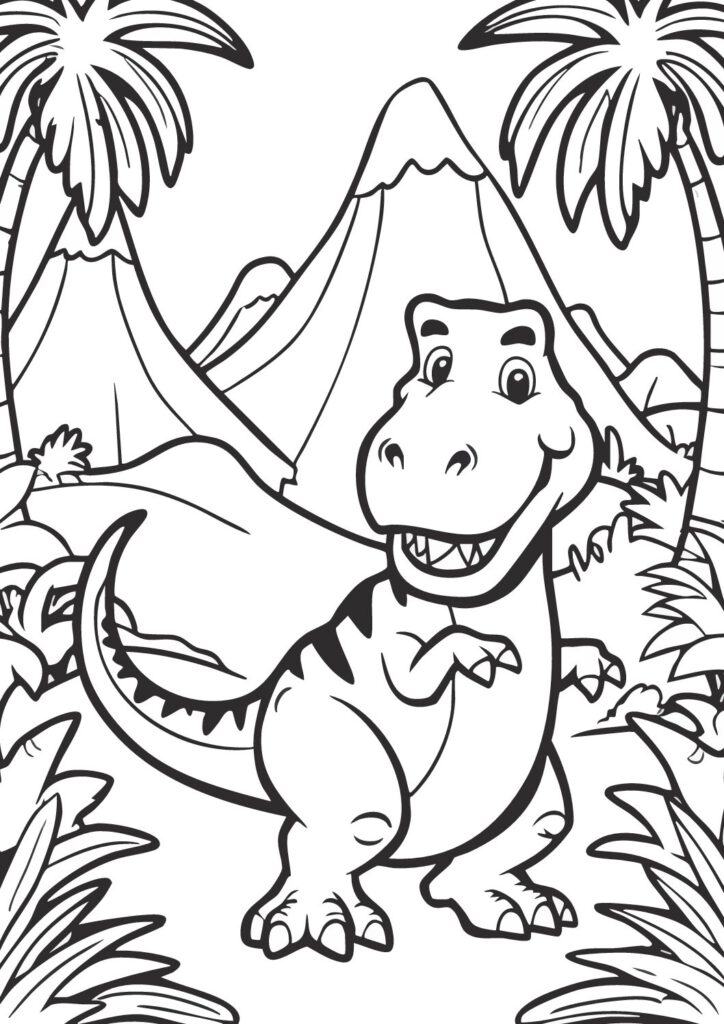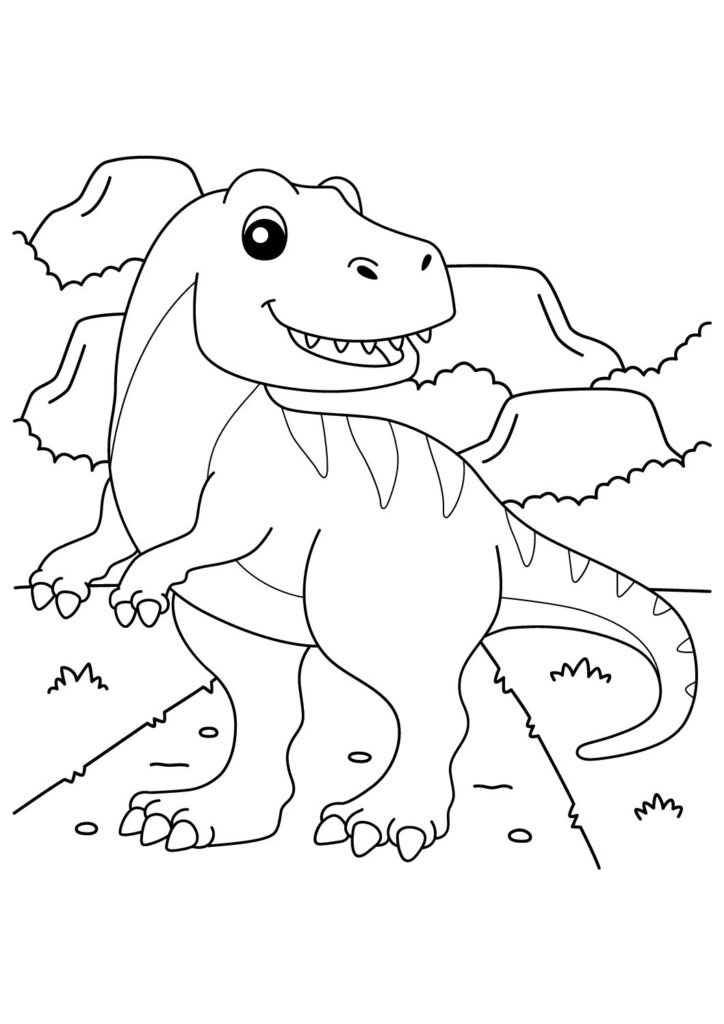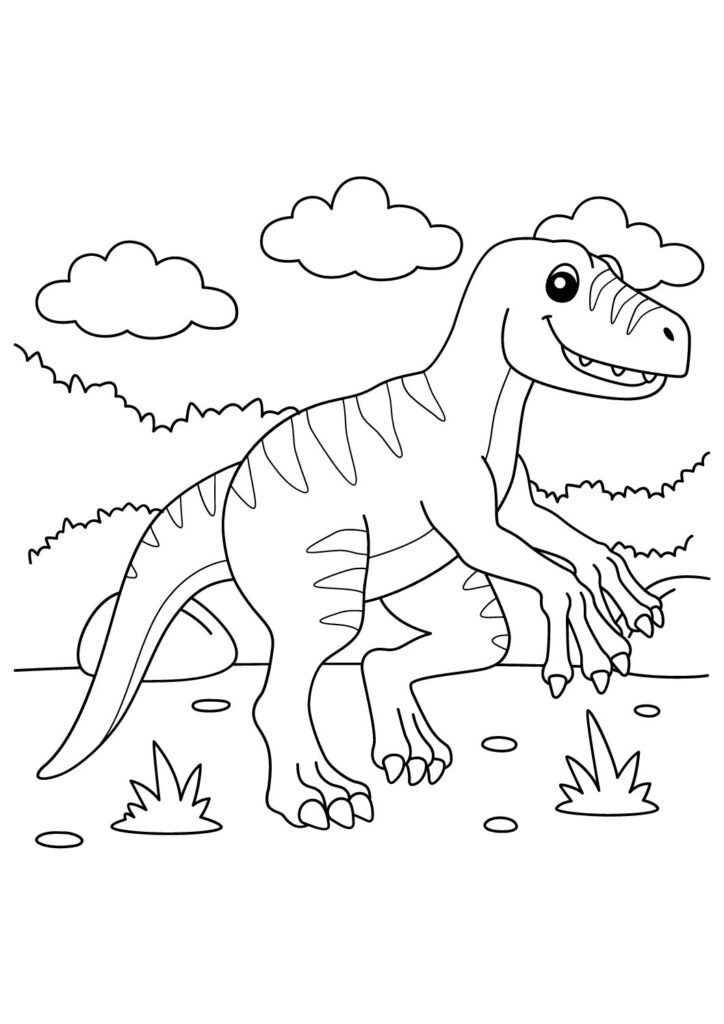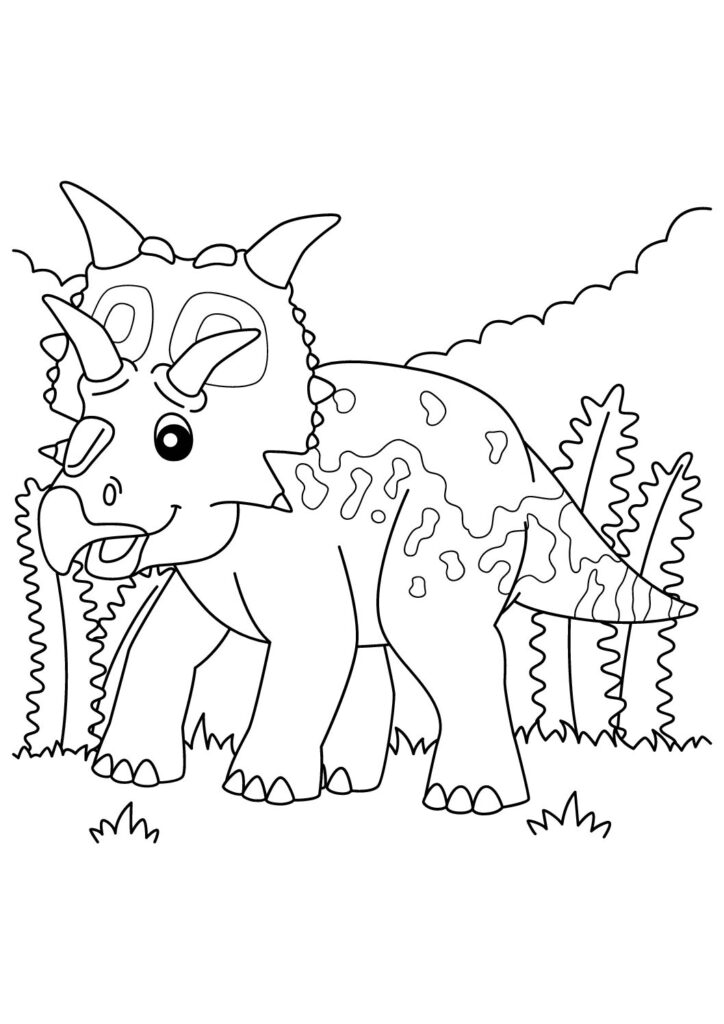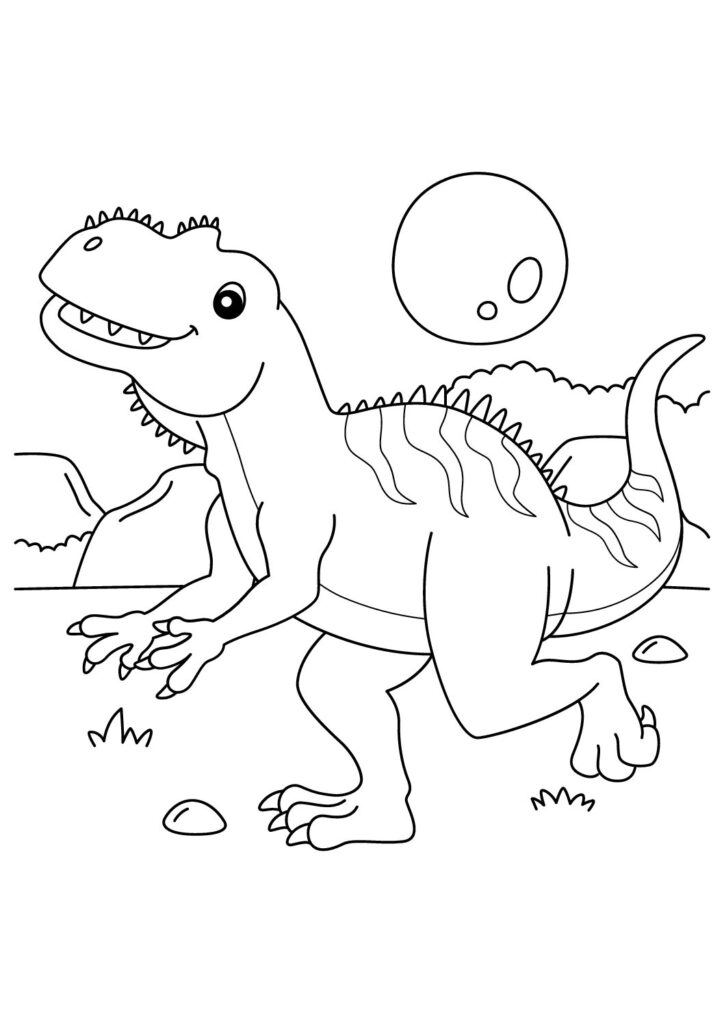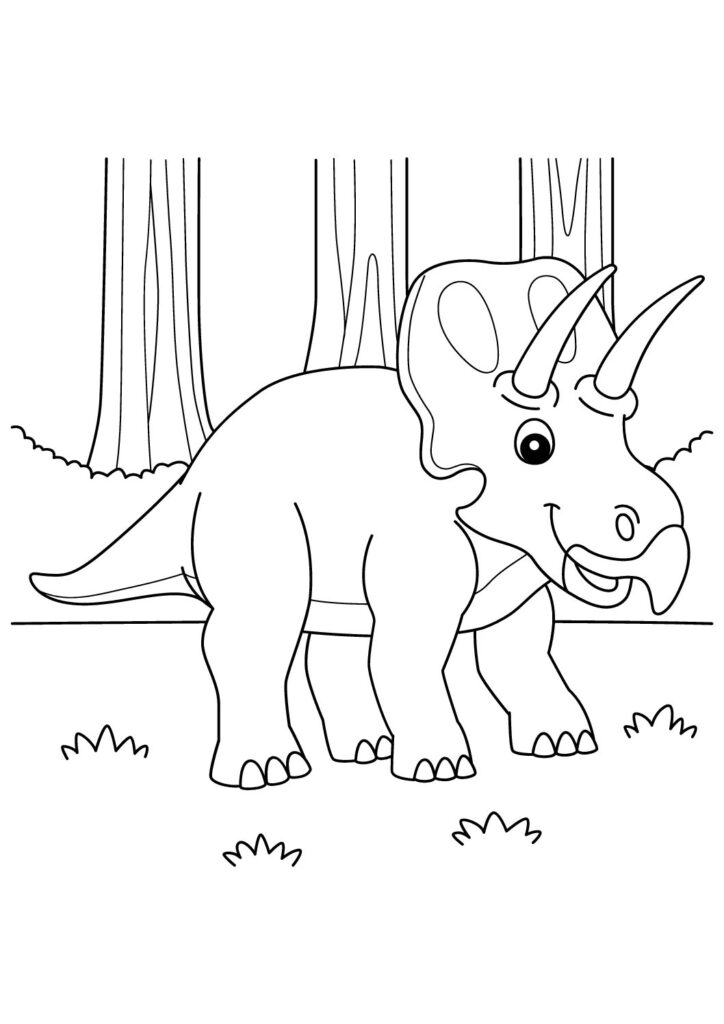1 Free Diplodocus Coloring Pages for Download (Printable PDF)

Glide into our free printable collection of Diplodocus coloring pages featuring these enormous sauropods in their graceful poses! Download these high-quality sheets showcasing these remarkable dinosaurs with their incredibly long necks, sweeping tails, and slender bodies displaying their elegant proportions. Perfect for kids and dinosaur enthusiasts, these detailed prehistoric coloring pages capture the peaceful nature of these plant-eating creatures known for having one of the longest tails in the dinosaur world. Each printable sheet brings these amazing Jurassic giants to life, highlighting their whip-like tails, lengthy necks, and impressive size against prehistoric landscapes!
Magnificent Diplodocus Facts: The Complete Guide to Earth's Long-Necked Giants
Introduction
Diplodocus represents one of the most iconic sauropod dinosaurs, thriving during the Late Jurassic period approximately 154-152 million years ago across western North America. These remarkable herbivores stretched 80-100 feet from head to tail—longer than a modern basketball court—yet weighed “only” 10-15 tons due to their surprisingly lightweight skeletal structure featuring hollow vertebrae that inspired their name, which means “double beam” in Greek.
Extraordinary Proportions
Diplodocus held the distinction of being among Earth’s longest terrestrial animals, with specimens like “Seismosaurus” (now classified as Diplodocus hallorum) potentially reaching lengths exceeding 100 feet. Despite these extraordinary dimensions, their relatively slender build meant they weighed significantly less than bulkier sauropods like Brachiosaurus, demonstrating different evolutionary approaches to gigantism among dinosaur lineages.
Distinctive Tail
Diplodocus possessed perhaps the most remarkable tail among dinosaurs, comprising nearly half of their total body length with over 80 vertebrae tapering to an extremely thin, whip-like tip. Biomechanical studies suggest this specialized tail could produce sharp cracking sounds exceeding the speed of sound when flicked, potentially serving as communication, territorial displays, or defense against predators like Allosaurus that shared their environment.
Feeding Adaptations
Unlike many sauropods with spoon or peg-shaped teeth, Diplodocus featured narrow, pencil-like teeth restricted to the front of their jaws, suggesting a specialized feeding strategy. Recent research indicates they likely stripped leaves from branches by raking their teeth across vegetation rather than general browsing, potentially allowing them to exploit food sources differently than other contemporary sauropods, reducing direct competition in their crowded Jurassic ecosystems.
Scientific Significance
Diplodocus became one of North America’s most influential dinosaur ambassadors when industrialist Andrew Carnegie commissioned replicas of “Diplodocus carnegii” that were donated to museums worldwide in the early 1900s. These casts, displayed in major institutions across Europe, Russia, and Latin America, introduced millions to dinosaur science decades before modern media, making Diplodocus perhaps the most viewed dinosaur skeleton globally for generations.
Social Behavior
Fossil trackways suggest Diplodocus may have traveled in herds with possible age segregation, with different-sized footprints indicating adults and juveniles potentially grouped separately. Their enormous size provided adults significant protection from predators, while juveniles likely benefited from safety in numbers, potentially explaining why numerous Diplodocus specimens are sometimes found together in fossil deposits like the famous Mother’s Day Quarry in Montana.
Growth Patterns
Diplodocus demonstrated remarkable growth rates, reaching their enormous adult sizes through sustained growth over decades rather than rapid development. Microscopic examination of their bones reveals growth rings similar to trees, indicating individuals could continue growing for over 30 years, potentially adding several feet annually during peak growth phases until reaching sexual maturity, after which growth slowed considerably but never completely ceased.
